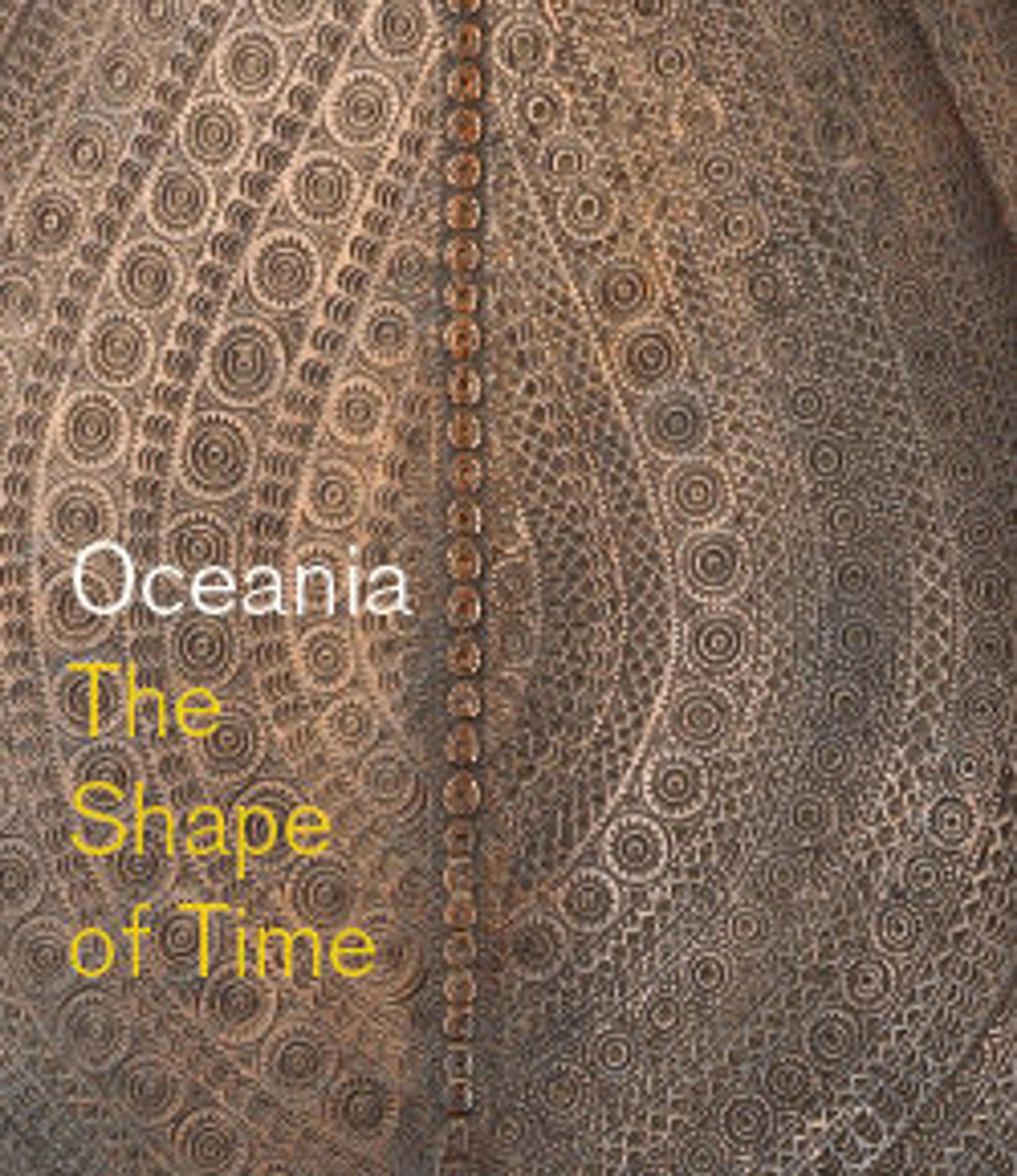Male Figure
The peoples of the middle Ramu and Guam Rivers in northeast New Guinea practice, or practiced, a closely related series of sculptural traditions. Carvers in the region created distinctive human figures with flattened oval heads resembling masks and smaller fully modeled bodies whose trunks and limbs are often nearly cylindrical in cross section. With the exception of those of the Kominimung people, the significance of these figures remains undocumented. Kominimung figures portray bwongogo, ancestral spirits whose powers assure the success of agriculture, hunting, fishing, and other human endeavors. These figures are men’s sacred objects, kept and used within the precincts of the men’s ceremonial house. Some forms may only be seen by men, but during ceremonies, other types are raised briefly above the fence surrounding the ceremonial house, allowing women and children to catch a fleeting glimpse of the powerful ancestral spirits. Although any man may create ordinary utilitarian objects, figures and masks typically are made by skilled carvers, whose artistic talents are known and recognized within the community.
Artwork Details
- Title: Male Figure
- Date: 19th–early 20th century
- Geography: Papua New Guinea, Lower Sepik, Ramu River region
- Culture: Breri or Igana people
- Medium: Wood, paint
- Dimensions: H. 53 in. (134.6 cm)
- Classification: Wood-Sculpture
- Credit Line: The Michael C. Rockefeller Memorial Collection, Purchase, Mr. and Mrs. Wallace K. Harrison Gift, 1974
- Object Number: 1978.412.1701
- Curatorial Department: The Michael C. Rockefeller Wing
More Artwork
Research Resources
The Met provides unparalleled resources for research and welcomes an international community of students and scholars. The Met's Open Access API is where creators and researchers can connect to the The Met collection. Open Access data and public domain images are available for unrestricted commercial and noncommercial use without permission or fee.
To request images under copyright and other restrictions, please use this Image Request form.
Feedback
We continue to research and examine historical and cultural context for objects in The Met collection. If you have comments or questions about this object record, please contact us using the form below. The Museum looks forward to receiving your comments.
